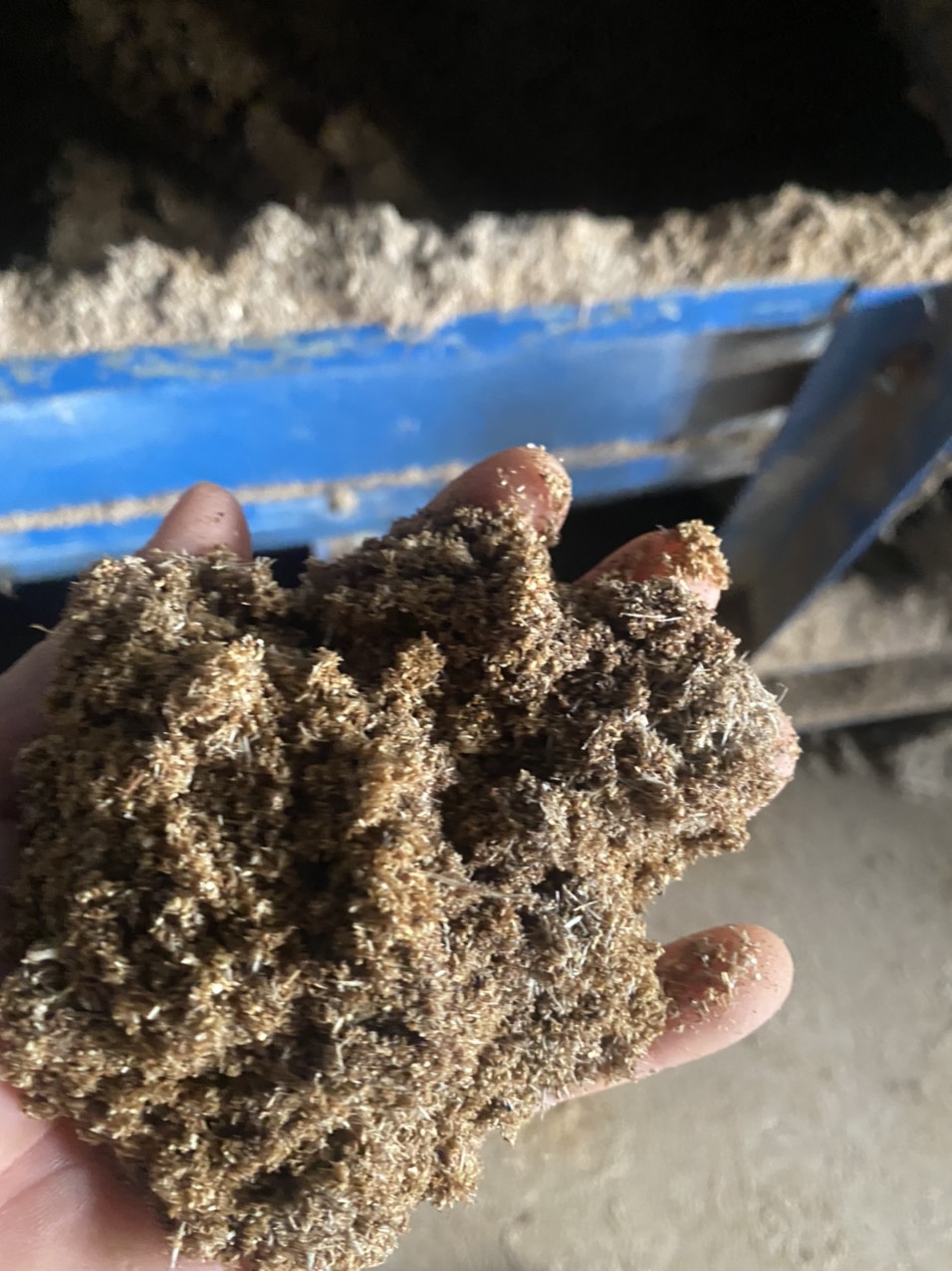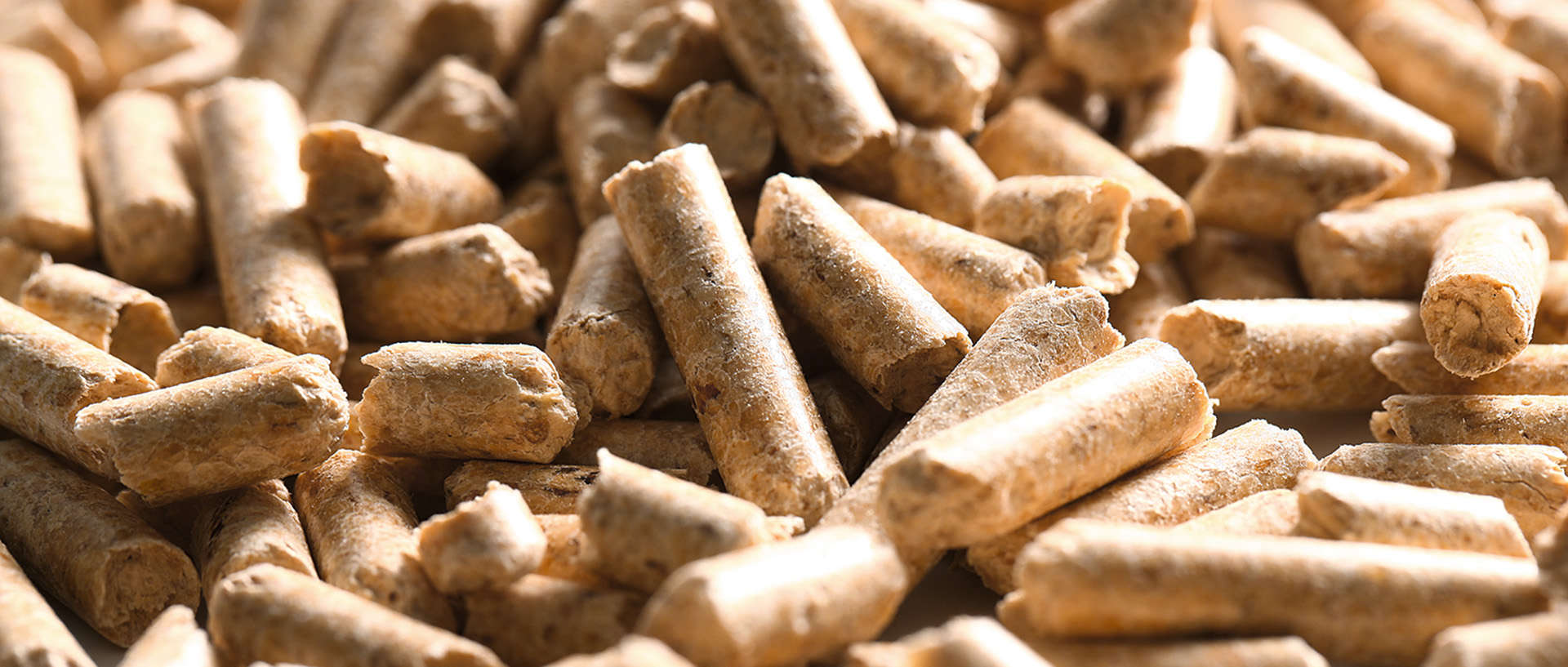Wood pellets are an ecofriendly solid fuel made from compacted sawdust and related industrial wastes from the milling of lumber.

WOOD POWDER
Renewable
Wood pellets have a decided advantage over fossil fuels: They are produced from renewable materials such as wood shavings and saw dust. Austria is among the most richly forested countries in Europe. Over 30 million solid cubic meters of wood grow each year. The timber stock in Austrian forests has been increasing for years despite intensive use for construction timber, paper manufacturing and as an energy source.
Sustainable
Investment in a new heating system is expensive and therefore should be profitable in the long run. Severe rise in prices and unpredictable risks characterize the market for fossil fuels. In comparison, the supply of wood from domestic forests is much more secure and less volatile. Austria produces more wood pellets solely as by-products of timber processing than are consumed in the country.
Cost-effective
The economic advantages of wood pellets are striking: Compared to fossil oil or natural gas, you can save about half of your expenses on fuel.
An important factor for the cost-effectiveness of wood pellet heating are the highly efficient heating devices that were developed for this solid fuel. Wood pellet central heating boilers, as well as wood pellet stoves, transform more than 90 % of the energy contained in the fuel into usable heat.
Essentially, it is this combination of low fuel costs and efficient heating devices that makes the use of wood pellets so cost-effective.
Comfortable
Wood pellet central heating boilers are known for high user comfort, easy operation and cleanliness. The fuel is delivered by silo truck and automatically conveyed from the storage to the boiler. Ignition, control, boiler cleaning and de-ashing happen in a fully automatic manner. What remains fort he user to do is emptying the ash box once or twice per heating season.
Wood pellet stoves have high comfort advantages over conventional wood stoves. Once filled with wood pellets, the pellet stove automatically provides consistent heating for 2-3 days. Once a week or every other week the ash has to be removed. Technical refinements, such as switching on, switching off and monitoring the heating device by mobile phone complete the picture of a highly user-friendly heating system.
Eco-friendly
Since wood absorbs the same quantity of CO2 from the atmosphere whilst growing as is emitted during combustion, wood fuels do not contribute to the concentration of carbon dioxide in the atmosphere. Even if one takes the deployment of fossil fuels for production and transport of wood pellets into account, the result is a CO2-reduction of over 95 % compared to the use of heating oil.
A crucial advantage of wood pellet heating are the extraordinarily low emissions. Dry fuel, the electronic regulation of combustion air and the hot combustion chamber provide for an optimal and clean burning.
A wood pellet central heating boiler for a large single-family house thus emits less than 1 kg of ash per year in the form of fine particulates – an extremely slight amount if one considers that the total amount of fine dust emissions in Austria is approximately 50,000 tons per year.
Domestic Economy
The use of wood pellets not only offers significant advantages for the environment and clear economic advantages for the customers, but also provides a secure future market for domestic companies which deliver the fuel, manufacture the heating devices, install and service them. 
